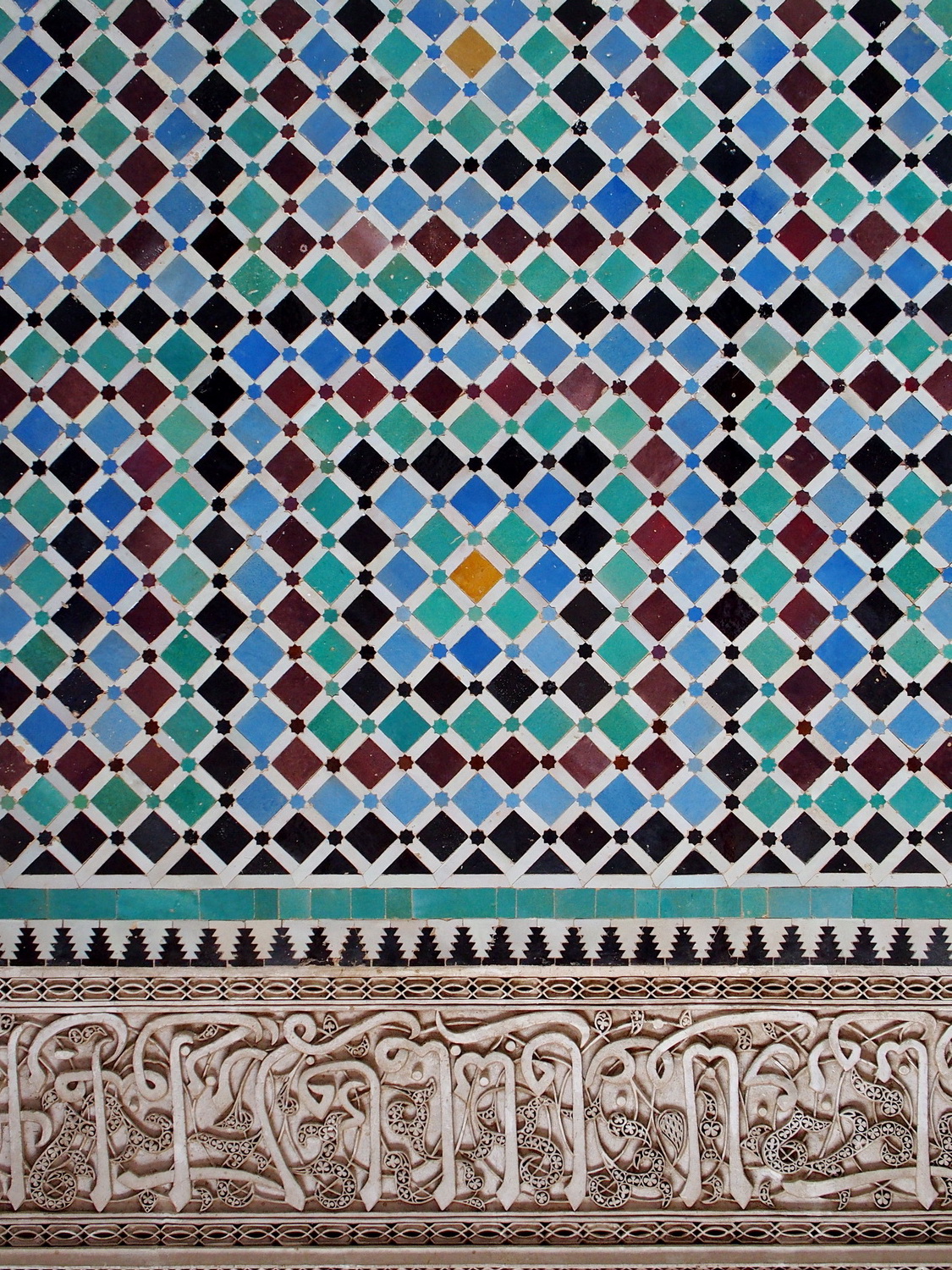Abstract
Each year, the Beloit College Mindset list provides an informal snapshot of the cultural experiences that shape the worldview of first-year American college students. What if we developed a similar snapshot of the assumptions and background knowledge that our students bring to their study of the Middle East? How might this help us craft more effective research assignments that leverage students' interest in current events, digital media, and visual means of communication to spark higher order learning in their study of the past? If, as constructivist educators argue, students primarily draw on their existing knowledge to wrestle with and make sense of new material, then it is particularly important that faculty have a deep understanding of these underlying assumptions and the ways in which our students access and process information.
This paper has two goals: first, to explore ways in which the Scholarship of Teaching and Learning (SoTL) and constructivist literature can be applied to the specific challenges of the Middle Eastern history classroom, particularly as we help students navigate complex material despite limited background knowledge. Qualitative analysis of student reflective writing responses from Middle Eastern history classes will provide concrete examples to support the theoretical framework. Second, the paper will discuss specific case studies of digital archives and collaborative research assignments that create opportunities for students to reassess their assumptions, most importantly the media lens of "timeless" conflict through which they often view both current developments and the region's history. Students are avid consumers of images on social media, for example, but often lack the tools to analyze and contextualize these images. The growing body of on-line digital image and document collections from the Middle East provides exciting opportunities for undergraduates who lack language training or access to physical archives to conduct research on the region that moves beyond western sources in a way that was not possible a few years ago. These digital collections also help to bridge the gap between what students already know, and what they need to understand to undertake complex historical analysis. Students can then apply these skills not only to research in the classroom, but in their response to the media sources they access on a daily basis.
Discipline
Geographic Area
Sub Area

